A report has found a discrepancy in the state’s cautioning scheme designed to keep people out of court for low-level cannabis offences
From The Guardian by Christopher Naus June 6 2023
Indigenous offenders are far less likely to receive warnings for low-level cannabis offences due to the restrictive eligibility criteria of the New South Wales cautioning scheme, a trend described by the state’s crime statistics bureau as “concerning”.
The state’s cannabis cautioning scheme is designed to keep individuals out of court for minor cannabis offences, instead directing them towards treatment and support.
Guardian Australia has previously revealed a glaring discrepancy in the way police hand out cautions to Indigenous and non-Indigenous offenders, with Indigenous offenders far more likely to be pursued through the courts.

In a report released on Wednesday morning, the NSW Bureau of Crime Statistics and Research confirmed the Guardian’s reporting and found a 32.2 percentage point difference in cautioning rates between all Indigenous and non-Indigenous people for minor cannabis offences. The cautioning rate for Indigenous offenders was 11.7% compared with 43.9% for non-Indigenous offenders.
The report found the major reason for the discrepancy was the varying eligibility rates for the scheme, rather than any “overt differential treatment”.
About 78% of Indigenous Australians who were pursued for low-level cannabis offences were ineligible for a caution, compared with 45% for non-Indigenous offenders. Ineligibility for a caution was usually due to a prior drug, violent or sexual offence, which explicitly prevents police from issuing cautions.
A similar discrepancy existed when only eligible offenders were considered. About 39.5% of eligible Indigenous offenders were handed a caution, compared to 73.9% for non-Indigenous offenders.
The report found that discrepancy could largely be explained by police using their discretion not to award a caution due to the existence of other prior offending not specifically excluded under the scheme’s eligibility criteria. The discrepancy was further explained by more general variations in jurisdictional cautioning rates and demographics.
Only a small part of the discrepancy could not be explained, the report found.
“The remaining 2.9 percentage points (8% of the gap) is unexplained and may arise either because of a difference in how Aboriginal offenders are treated or in other unobserved factors not included in the model.”
The report warned of an “indirect bias” created by the scheme’s eligibility criteria. The effect was to deny Indigenous Australians the opportunity for cautions and diversion from the justice system, the report said.
“Since Aboriginal people have higher than average rates of contact with the criminal justice system and therefore longer criminal histories, then this can be seen as a form of indirect bias that limits Aboriginal people’s access to this formal diversion pathway,” the report found.
“The fact that over the three-year period examined, more than 6,000 Aboriginal people caught with cannabis were ineligible for the scheme is concerning.
Free daily newsletter
Our Australian afternoon update breaks down the key stories of the day, telling you what’s happening and why it matters
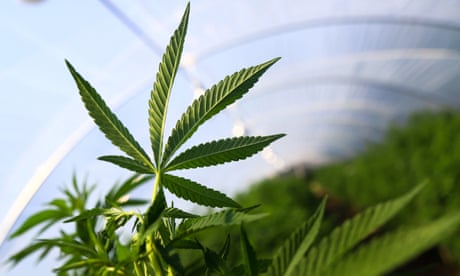
“Raw cautioning disparities between Aboriginal and non-Aboriginal people could potentially be reduced in NSW if consideration was given to relaxing or removing the requirement that offenders must have no prior drug, violent or sexual offences.”
The report also recommended greater training for police on how to use their discretion to caution offenders who may have criminal records but remain eligible for the scheme.
“Eligible Aboriginal people with more prior court appearances for general offending and any prior prison sentence were much less likely to be cautioned.
“Notably, this element of discretionary police practice is not referenced in the cannabis cautioning scheme criteria. More explicit guidelines or training for NSW police regarding these discretionary factors could further reduce disparity in cautioning, as well as avoid any confusion on the part of frontline officers.”
A spokesperson for NSW police said its officers were encouraged to use their discretion when issuing cautions to eligible offenders.
“Police are encouraged to exercise discretion and issue a caution to eligible offenders,” the spokesperson said. “The statistics are a reflection of the ability for an individual to meet the criteria.
“To first be eligible for a cannabis caution, a person must admit to the offence and consent to the caution. It is important to note that this is often contrary to some legal advice.”


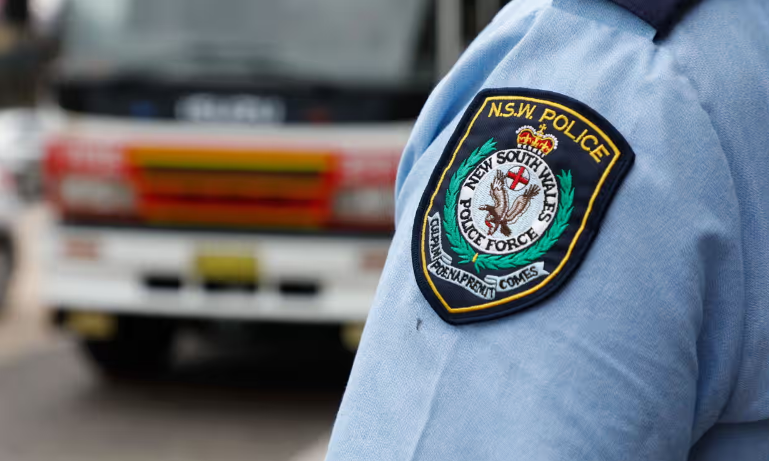







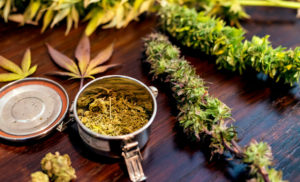

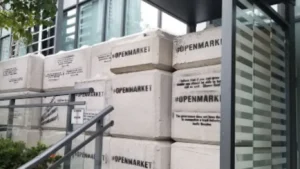



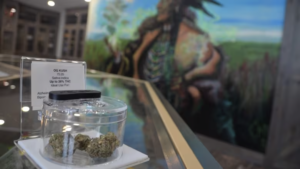






Comments are closed.